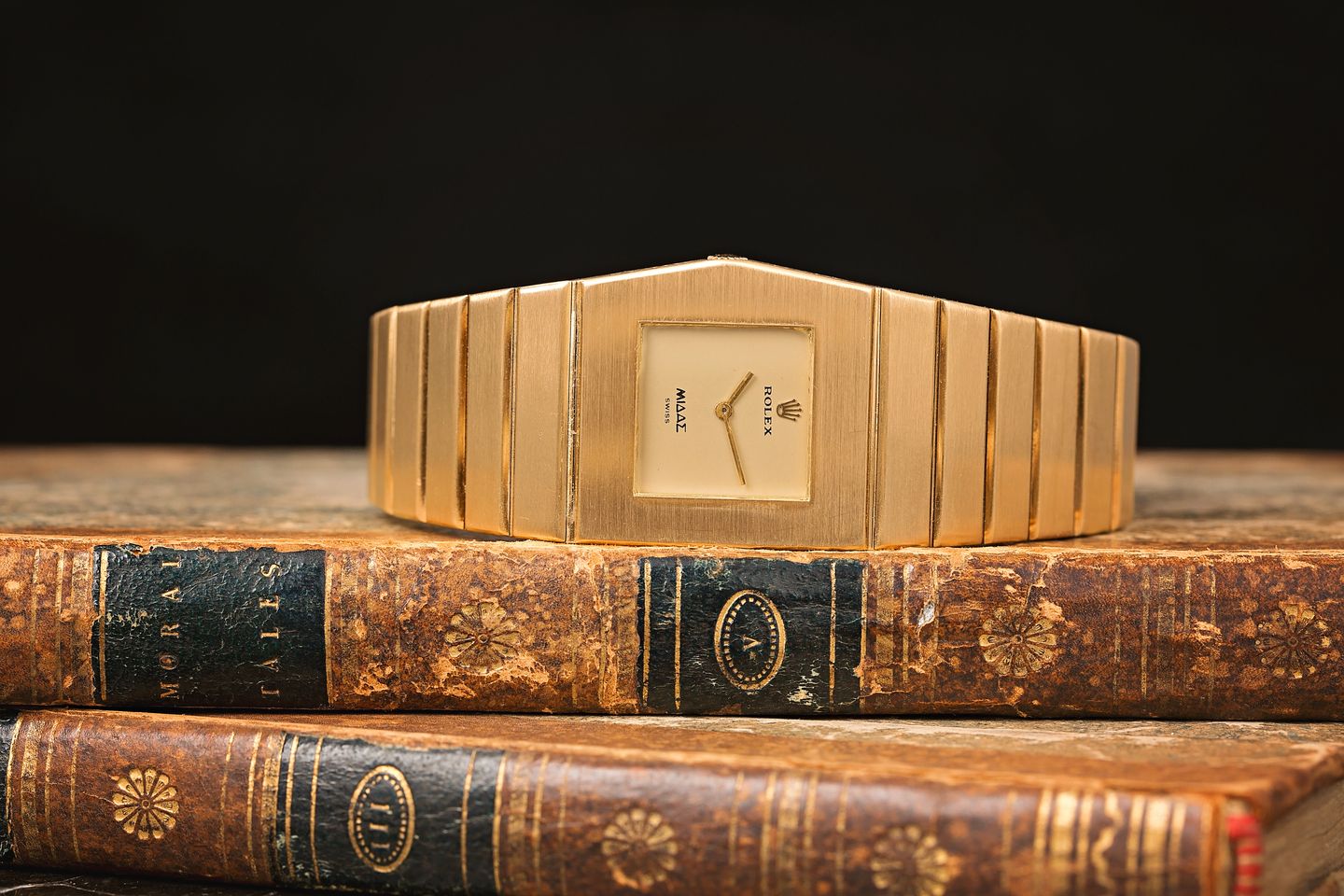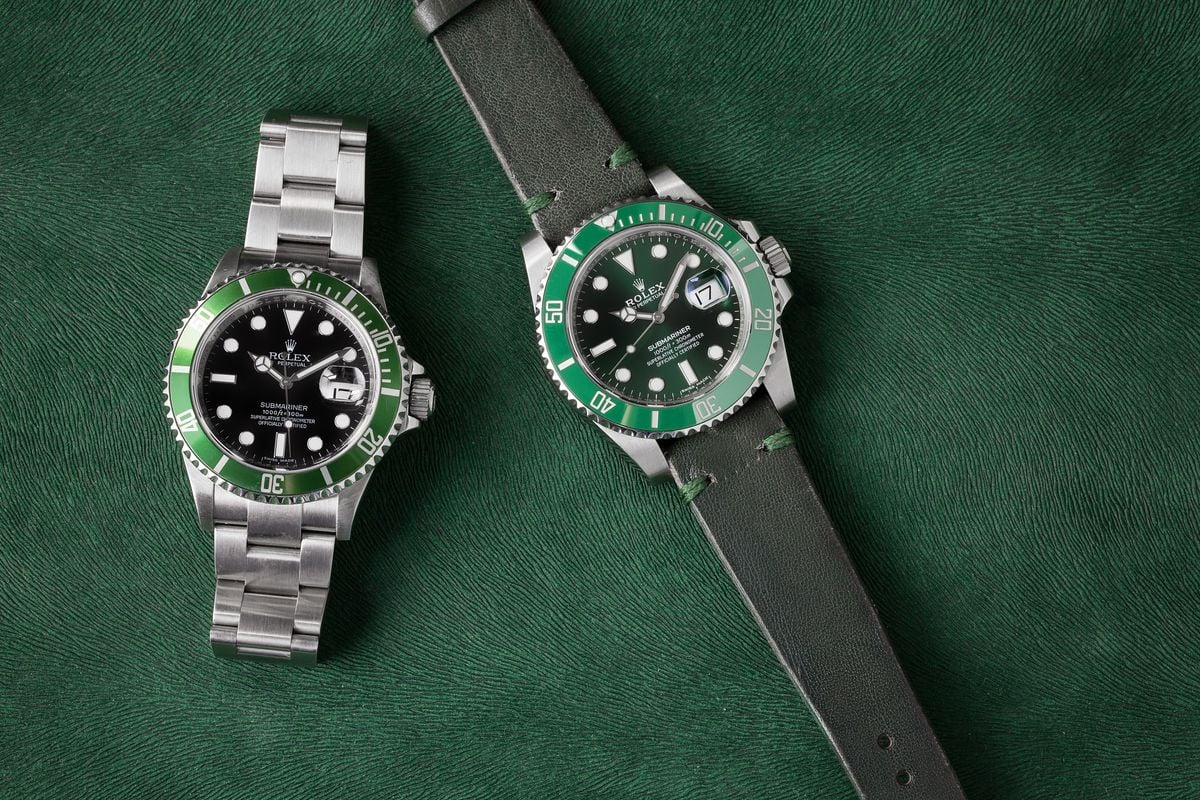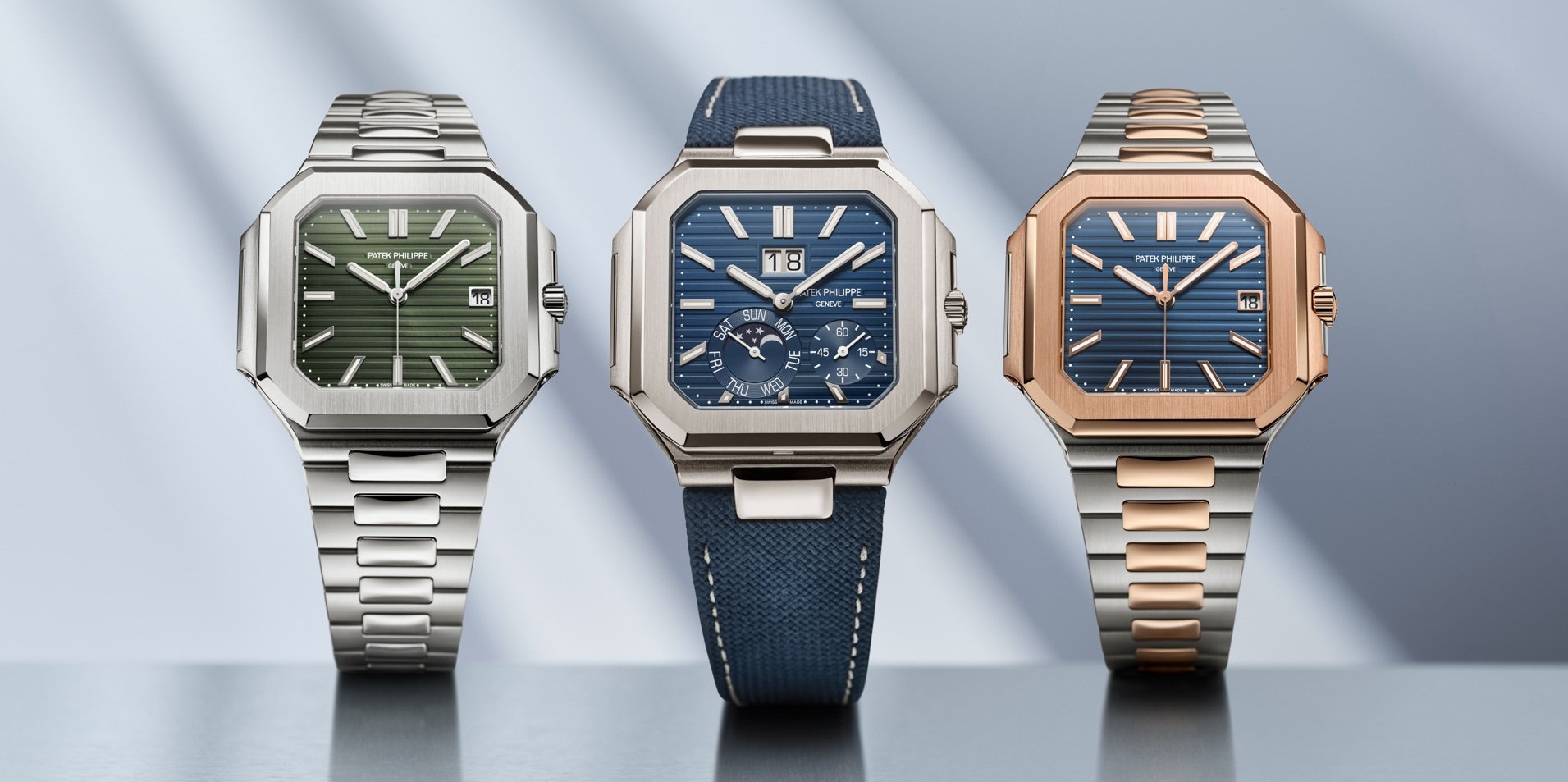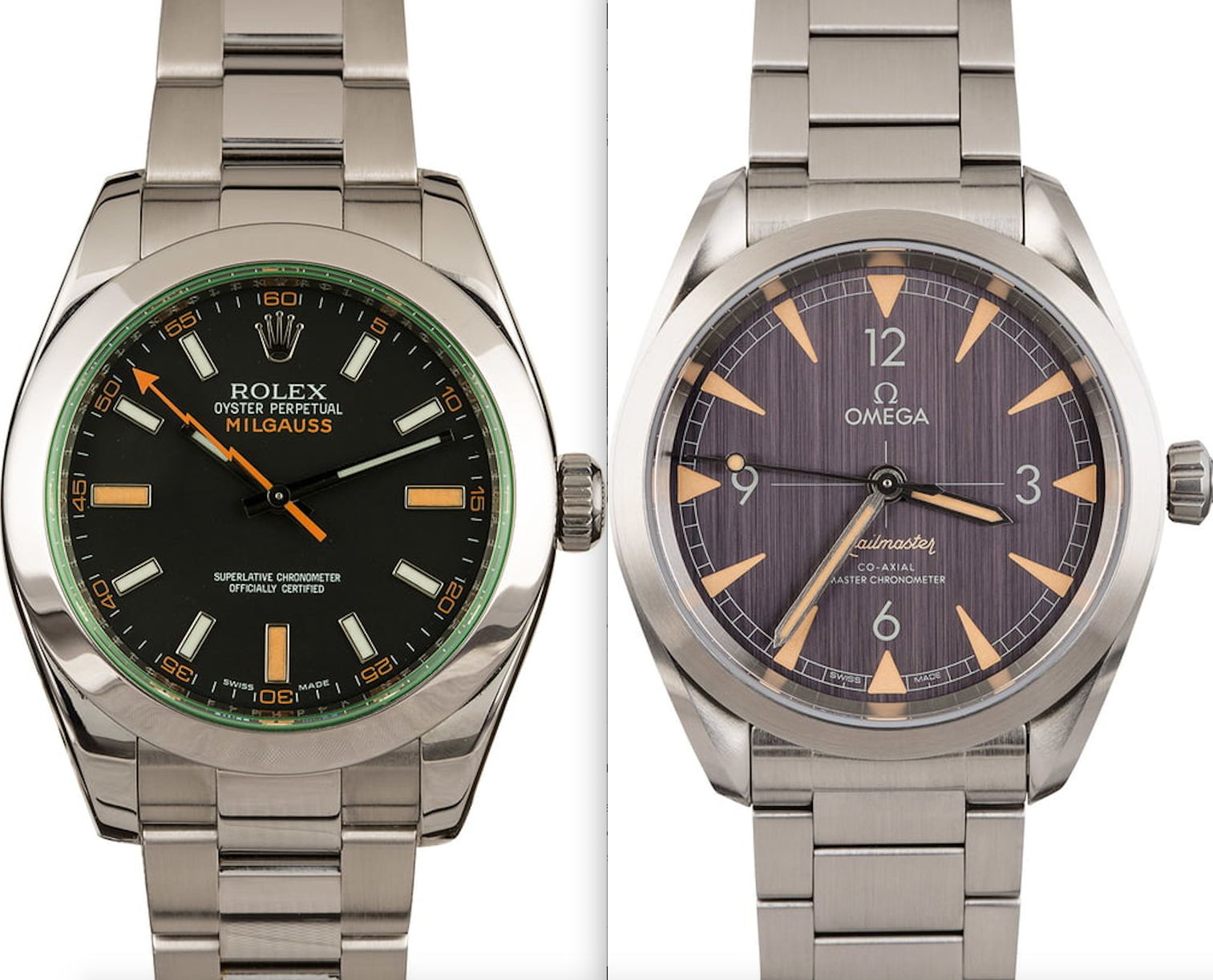Most people know Rolex as a maker of tool watches, a term that typically refers to round wristwatches designed for outdoor activities like diving or motor racing, often distinguished by their durability and legibility, and less so by their aesthetics.
Over the past year or two, however, the history of Rolex as a maker of unapologetically design-forward timepieces in funky asymmetric cases has drawn increasing interest among collectors.
Consider two icons of Rolex’s 1960s and ’70s design, the King Midas and the Cellini.
The King Midas: A Bold Departure
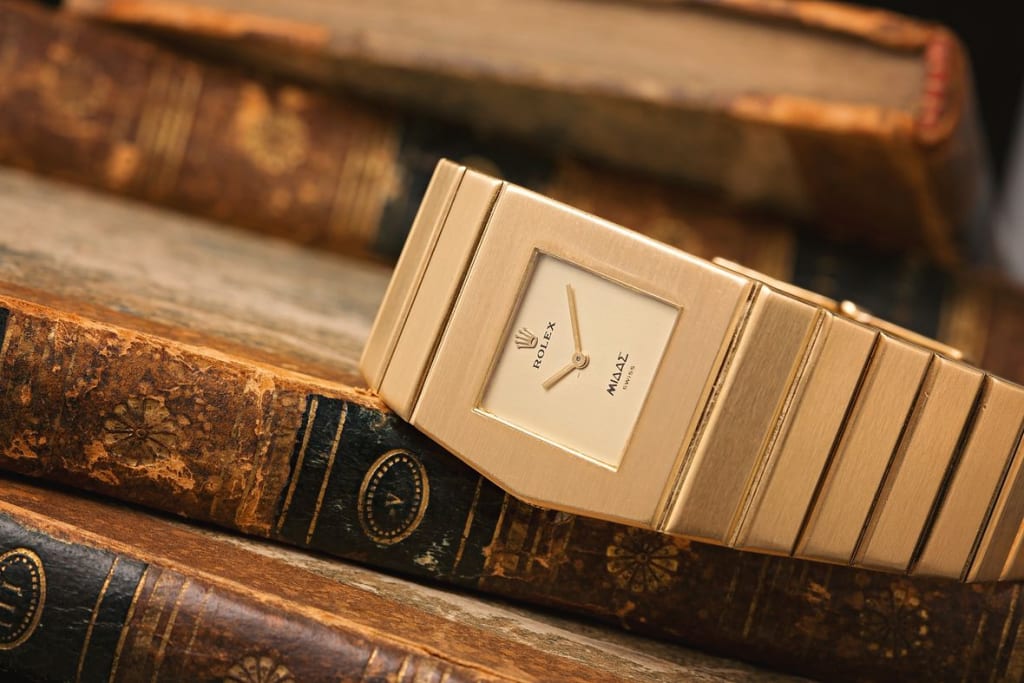
In 1964, the brand departed from its tool watch tradition when it introduced an all-gold watch in a case that was square on three sides with an unexpectedly triangular left flank. Designed to be slim, modern and elegant, it was named the King Midas, after the king of Greek mythology whose mere touch turned objects into gold. Unlike the Submariner, GMT Master and other round sport watches in Rolex’s Professional series, the King Midas. represented something entirely different: a timepiece that emphasized aesthetics over performance.
“The King Midas, with its asymmetrical case, was Rolex’s daring move to break away from convention,” Paul Altieri, founder and CEO of Bob’s Watches, says. “Collectors today appreciate the rarity and artistry these pieces offer, beyond just functionality.”
“Elvis Presley was a proud owner of one, which adds to the mystique and desirability of the piece,” Altieri adds.
Beloved for its lavish sensibility and its integrated design, the model, the brainchild of legendary watch designer Gérald Genta, came on a ribbed bracelet crafted out of a single gold ingot. The weight of the piece tipped the scales just north of 150 grams.
The Rolex Cellini: Rolex’s Dress Watch Answer
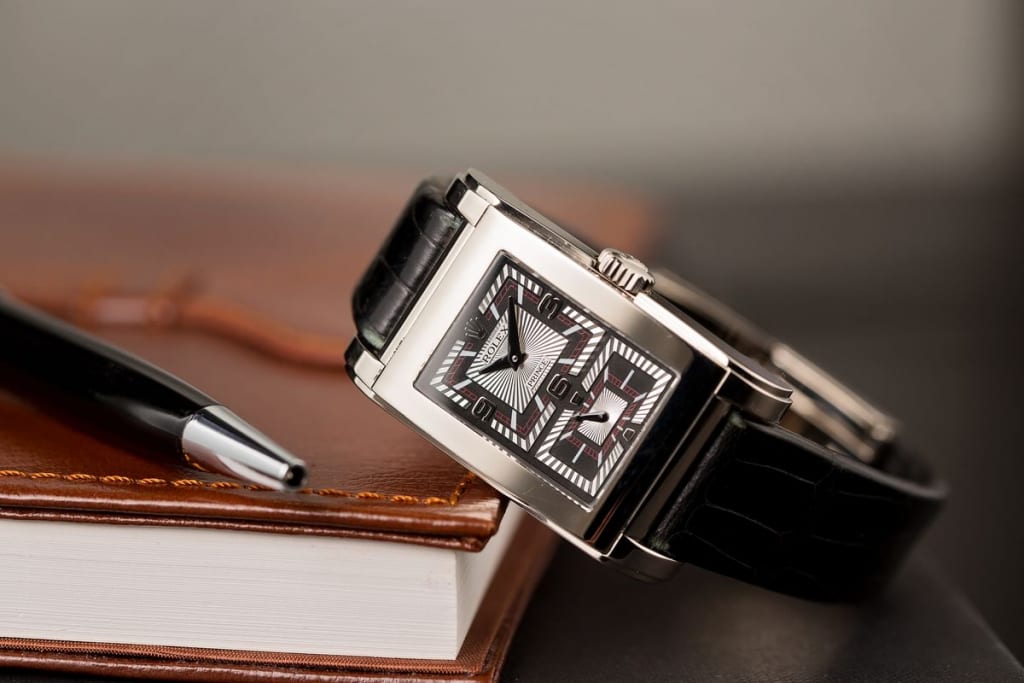
The Rolex Cellini, on the other hand, entered the market in 1968 as Rolex’s answer to a dress watch, and quickly spawned a bevy of case shapes, including square, tonneau, rectangular, cushion and, finally, round. The brand even introduced a gold version with an octagonal diamond-set bezel and a diamond-paved dial featuring more than 3 carats of diamonds. In ads from the 1980s, Rolex said the model was inspired by Benvenuto Cellini, “the ultimate goldsmith of the Italian Renaissance.”
After languishing on the market for decades, these throwback watches are now in high demand.
Rolex-Shaped Watches: A Growing Trend
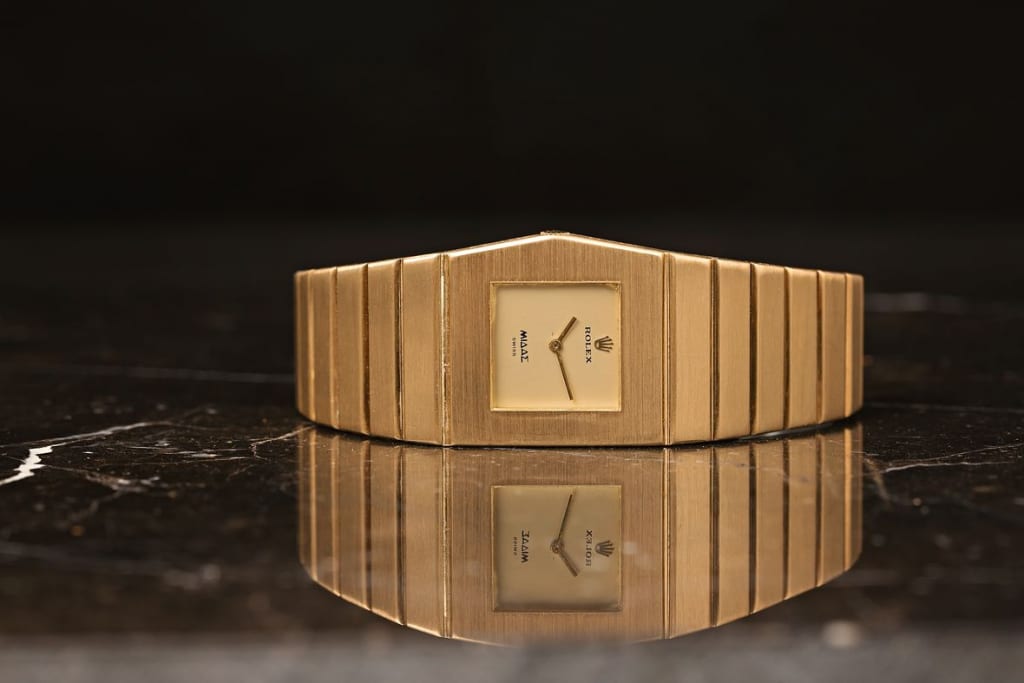
Just look to the soaring popularity of shaped watches in general, a category denoting any watch that’s not round. Now squarely in the watchmaking spotlight, these pieces range from familiar and beloved classics like the Cartier Tank, or oval-shaped Baignoire, to more daring asymmetrical models, like those created by the Swiss designer Gilbert Albert for Patek Philippe in the in the 1950s and ’60s.
“We’re seeing a resurgence because these funky shapes evoke both nostalgia and a sense of individuality,” Altieri says. “They stand out in a market dominated by sports watches, offering collectors something unique.”
Phillip Toledano, an artist and collector based in New York, can certainly relate. A few years ago, he started collecting integrated bracelet watches, including the Rolex King Midas.
“I loved the continuous bracelet watches, where it’s one sculptural piece – the head, the bracelet, they’re all one sentence,” he says. “I like the idea they were thinking of the watch as a whole thing. And no one was doing it.”
When he discovered the King Midas, the piece was a revelation. “The funny thing about collecting is that I can spend years not being interested in a watch, and then suddenly, a mechanism unconsciously starts moving and I think, ‘Holy shit, this thing is amazing. How have I not seen this before?’”
